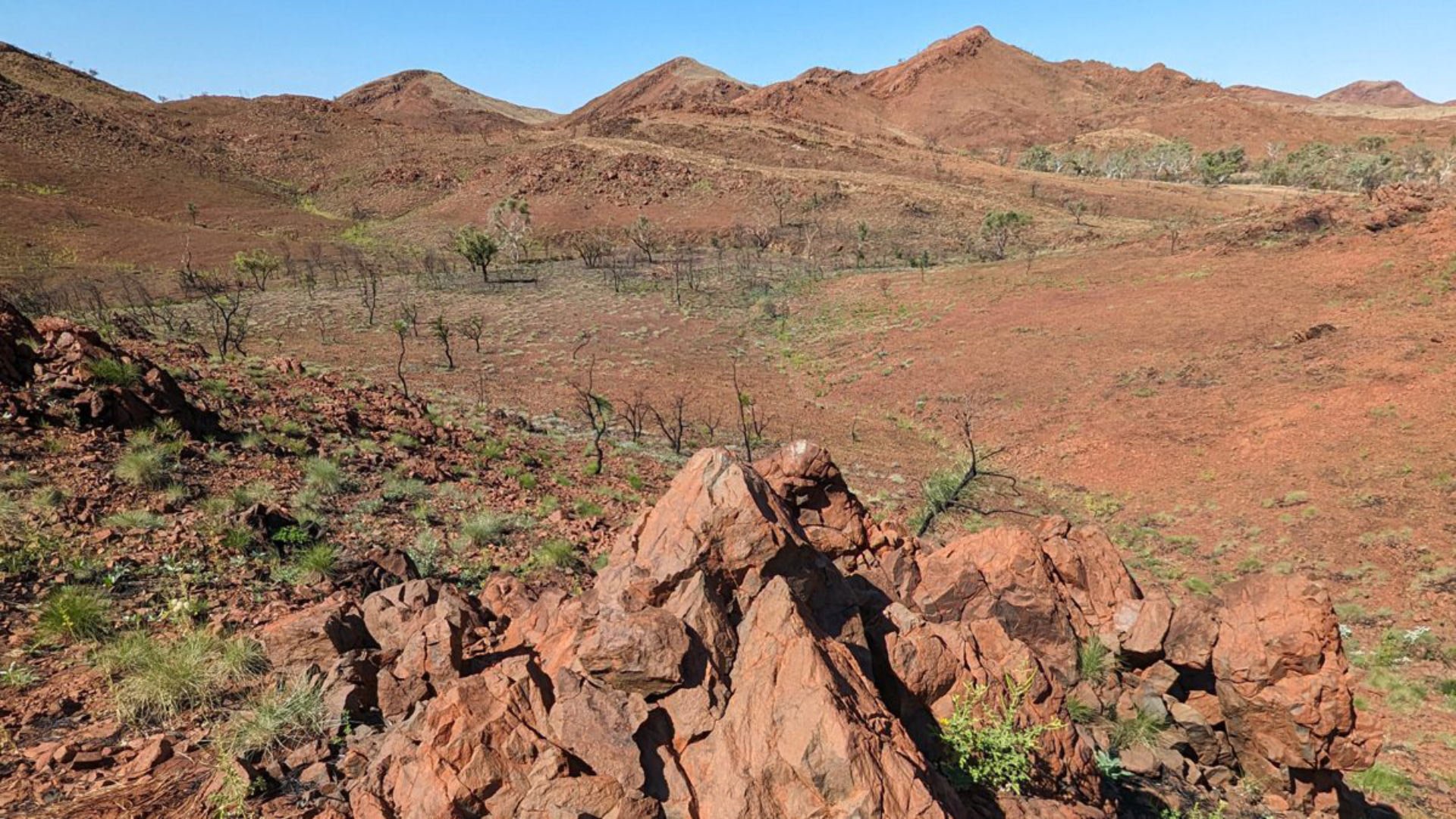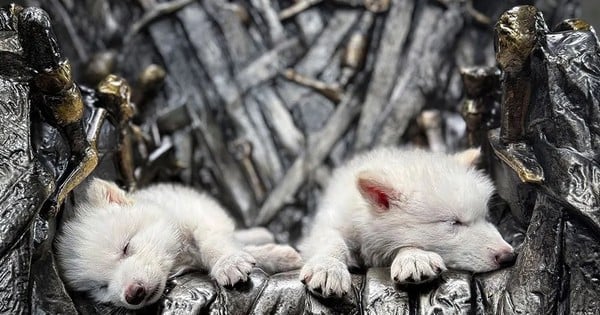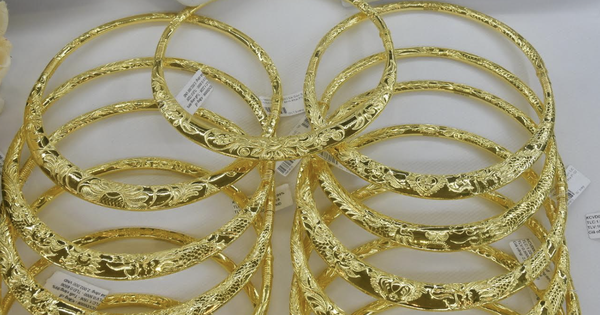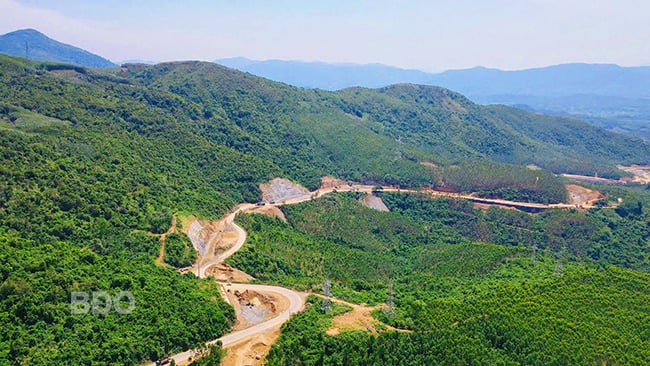(NLDO) - In Western Australia, scientists have just found the place where an alien "killer" landed on Earth 3.47 billion years ago.
According to Sci-News, a research team led by Professor Tim Johnson from Curtin University (Australia) has identified an impact crater dating back up to 3.47 billion years, the oldest scar on Earth ever found to date.
The newly discovered impact crater, located in the heart of the Pilbara region of Western Australia, far surpasses the 2.23 billion-year-old record-holder in the Yarrabubba region, also in Western Australia.

The broken cone-shaped rocks are the remnants of a "scar" that the Earth had 3.4 billion years ago - Photo: CURTIN UNIVERSITY
According to Professor Johnson, with more than 1 million impact craters over 1 km in diameter and 40 craters over 100 km in diameter, the Moon holds a detailed record of the Solar System's brutal history over the first billion years.
But on Earth, similar evidence from the first two major geological periods, the Hadean (from Earth's birth to 4 billion years ago) and the Archean (4-2.5 billion years ago), is completely absent.
This is because our planet is constantly undergoing plate tectonics: Pieces of the Earth's crust are constantly being shuffled around, burrowing into the mantle, being recycled, and emerging again with new forms, erasing old scars.
Yet the area of Western Australia today is thought to retain intact part of the tectonic plate from the late Hadean eon.
Scientists were lucky to find scars left there.
Although largely erased by billions of years of geological activity, the cone-shaped structures in the area are still enough for scientists to reconstruct the ancient collision.
It must have been a large asteroid, crashing into Earth at a speed of more than 36,000 km/h, gouging a hole in the planet more than 100 km in diameter.
"This research provides an important piece in the puzzle of Earth's impact history and suggests there may be many more ancient impact craters that can be discovered over time," said Professor Johnson.
Professor Chris Kirkland, also from Curtin University, said the discovery shed light on how meteorites shaped Earth's early environment.
Writing in the scientific journal Nature Communications, they further explain that these collisions – while terrifying to modern life – could have created microbe-friendly environments during the Archean eon, such as hot springs.
It also significantly improves our understanding of the formation of the Earth's crust.
The enormous energy from this impact may have played a role in shaping the early planet's crust by pushing one part of the crust under another, or forcing magma to erupt from deep within the mantle to the surface.
The oldest impacts may also have contributed to the formation of tectonic plates.
Source: https://nld.com.vn/phat-hien-vet-seo-co-xua-nhat-cua-trai-dat-196250308065610574.htm


![[Photo] Phuc Tho mulberry season – Sweet fruit from green agriculture](https://vstatic.vietnam.vn/vietnam/resource/IMAGE/2025/4/10/1710a51d63c84a5a92de1b9b4caaf3e5)


![[Photo] Prime Minister Pham Minh Chinh chairs meeting to discuss tax solutions for Vietnam's import and export goods](https://vstatic.vietnam.vn/vietnam/resource/IMAGE/2025/4/10/19b9ed81ca2940b79fb8a0b9ccef539a)

![[Photo] Unique folk games at Chuong Village Festival](https://vstatic.vietnam.vn/vietnam/resource/IMAGE/2025/4/10/cff805a06fdd443b9474c017f98075a4)






















































































Comment (0)